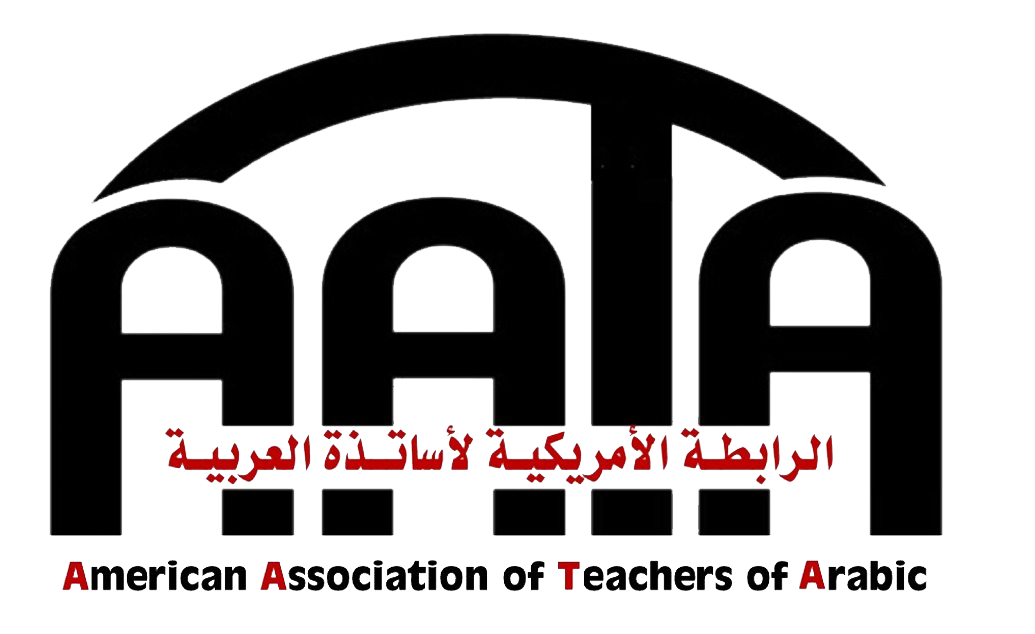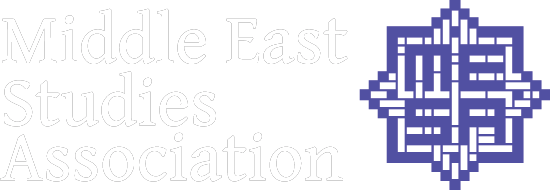Wortatlas der arabischen dialekte band i: mensch, natur, fauna und flora
Peter Behnstedt, Manfred Woidich
The Wortatlas der arabischen Dialekte / Word Atlas of Arabic Dialects (WAD) intends to provide an unprecedented survey of the lexical richness and diversity of the Arabic dialects as spoken from Uzbekistan to Mauritania and Nigeria, from Malta to Sudan, and including the Ki-Nubi Creole as spoken in Uganda and Kenya. The multilingual word atlas will consist of three volumes in total with some 500 onomasiological maps in full colour. Each map presents a topic or notion and its equivalents in Arabic as collected from the dialectological literature (dictionaries, grammars, text collections, ethnographic reports, etc.), from the editors’ own field work, from questionnaires filled out by native speakers or by experts for a certain dialect region, and also from the internet. Polyglot legends in German, English, French, Spanish, Italian accompany the maps to facilitate further access. Each map is followed by a commentary in German, providing more details about the sources and the individual forms, and discussing semantic and etymological issues. All quotations are in their original language. The maps mainly show lexical types, detailed and concrete forms are given in the commentaries. An introduction is provided in both German and English and an index of all lexemes in the atlas will be available.
The first volume Band I: Mensch, Natur, Fauna und Flora / Volume 1: Mankind, Nature, Fauna and Flora contains subjects such as ‘family members’, ‘professions’, ‘human qualities’. The second volume will deal with material culture (‘house’, ‘utensils’, ‘food’, ‘clothing’, ‘vehicles’, etc.) and the third and final volume will focus on verbs, adjectives and function words. The atlas will be indispensable for everyone interested in the modern spoken Arabic language, as well as for dialectologists and for semanticists.
For further information, please see http://www.brill.nl/default.aspx?partid=210&pid=33436.
Reposted from Arabic-L

